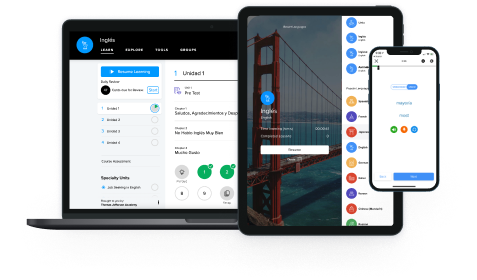
Study Resource: Contractions and abbreviations in spoken German
Below you will find some rules and examples of contractions in German. Please note, that all these contractions are common in informal speech only and are usually not part of the written language, unless you are representing spoken German. They are not considered impolite, just very informal.
Also, these are just some examples — there are many more! Speak and listen to lots of German to learn even more!
Contractions and Abbreviations in spoken German | In casual German |
|---|---|
Add the ending -e to the 2nd person singular verb stem to replace the pronoun du(you) in a yes/no-question | Hast du morgen Zeit? → Haste morgen Zeit? Do you have time tomorrow? |
Leave off the final -e from a 1st person singular verb form | Ich habe keine Zeit. → Ich hab keine Zeit. I don't have time. |
Combine the verb and the pronoun wir(we) in a yes/no-question* | Haben wir noch Spaghetti? → Hammer / Hamwer noch Spaghetti? Do we still have spaghetti? |
Shorten eine(a) to ‘ne; ein to ‘n; einen to ‘nen. | Ich brauche noch eine Zange, einen Hammer und einen Nagel. → Ich brauch noch ‘ne Zange, ‘nen Hammer und ‘n Nagel. I still need a pair of pliers, a hammer and a nail. |
Shorten certain common phrases, e.g. Auf Wiedersehen(Good bye!) can become just Wiedersehen in a less formal conversation. | Auf Wiedersehen! → Wiedersehen! Good bye! |
Entschuldigung! → Tschuldigung! Sorry. / Excuse me. | |
Guten Tag! → Tag! Hello! | |
Guten Morgen! → Morgen! Good morning! |
